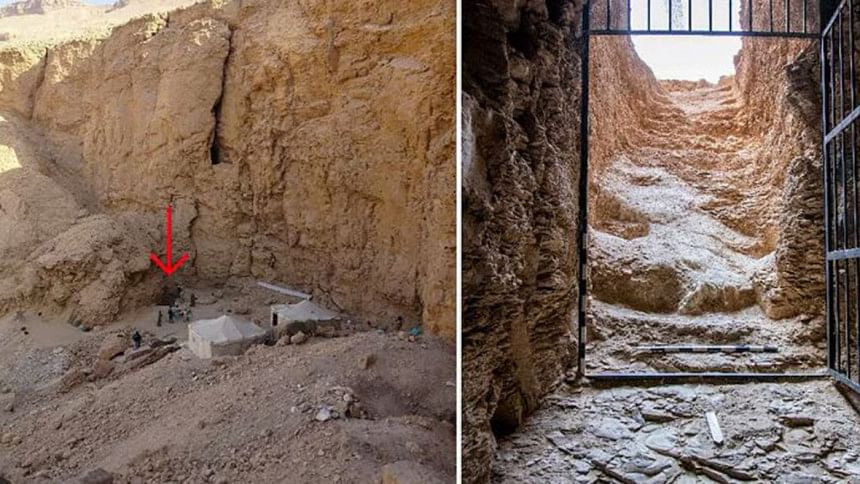A joint Egyptian-British mission has identified an ancient tomb near Luxor as King Thutmose II’s, marking the first discovery of a pharaonic royal tomb in nearly a century, Egypt’s Ministry of Tourism and Antiquities announced.
Thutmose II’s tomb, located west of the Valley of the Kings, was the 18th dynasty’s last lost tomb and the first royal tomb unearthed since King Tutankhamun’s in 1922, according to the ministry.
Archaeologists were able to identify the tomb due to alabaster vessels found on site and inscribed with the name of King Thutmose II and his wife Queen Hatshepsut, one of a small handful of women to have ruled Egypt.

They also found pieces of his funerary furniture, as well as pieces of mortar with blue inscriptions, yellow stars and religious writing, the statement said.
However, due to flooding soon after the king’s death, the tomb was generally not well preserved, the ministry statement added.
There were indications that most of its contents had been moved, and work to recover them was under way, it said.





